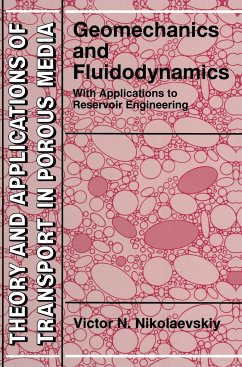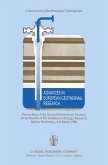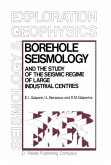Geomechanics is the basic science for many engineering fields, including oil and gas recovery, mining, civil engineering, water supply, etc., as well as for many environmental sciences, including earthquake prediction, ecology, landscape dynamics, and explosion works. Historically, the major concepts of geomechanics were founded on the methods of the elasticity theory and the static equilibrium of joints with solid friction. Underground hydrodynamics was developed quite separately and included only simple, conventional ideas of elastic pore-space deformation. Today, the situation is drastically different. Tremendous achievements in numerical computer technique have eliminated many of the routine difficulties of problem solution with respect to selected mathematical models. As the result, major efforts now are applied to sophisticated experimental studies and to new applications of generalized continuum theories. Of course, traditional rheological schemes have been adjusted to be into account the real properties of such geomaterials as soils, rocks and ice. The main changes have been connected with the kinematics of the internal structure of geomaterials that influences their strength and that can play unusual roles in dynamic processes. The theoretical considerations are in good agreement with experimental observations in situ because of precise measuring devices, impact of modern physics concepts and large-scale monitoring.








